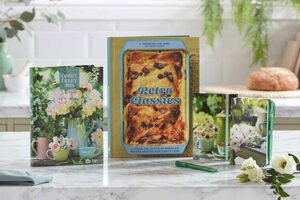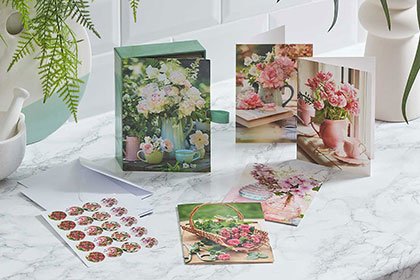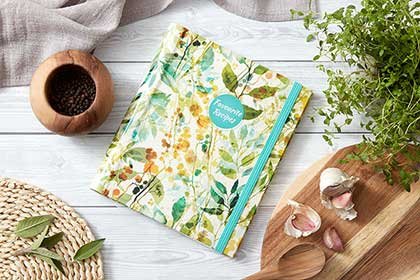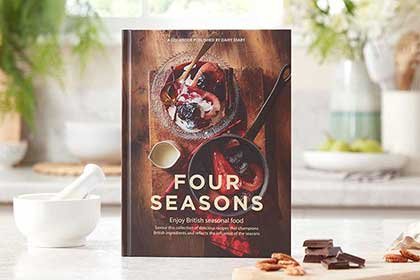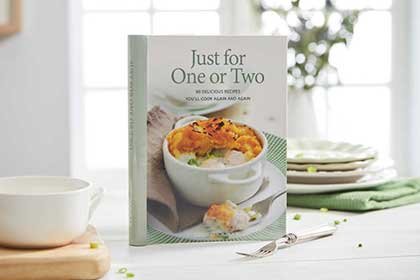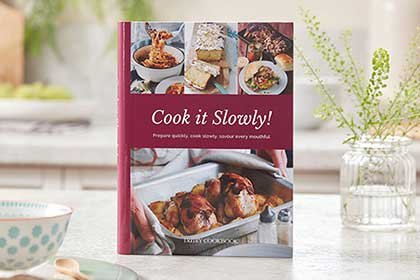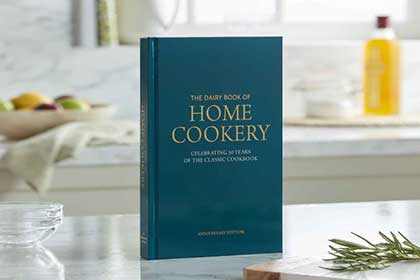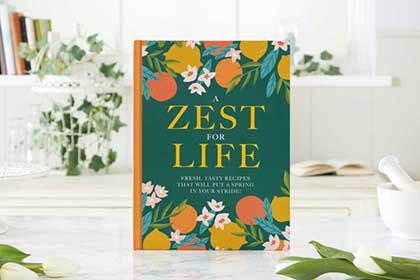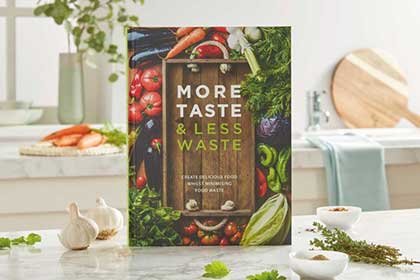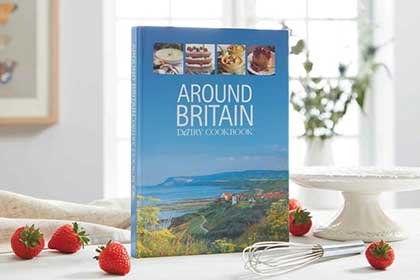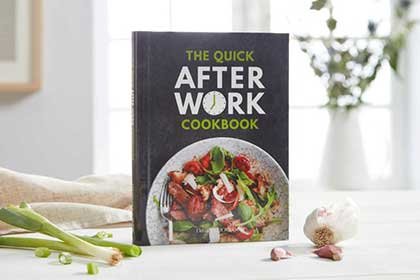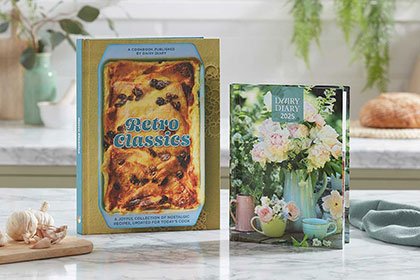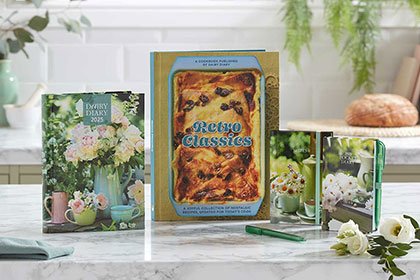With a little effort, your garden could become a sanctuary for local wildlife
We are a nation of gardeners, with 24 million gardens up and down the country. With many creatures in decline, now is the time to turn your green space into a mini nature reserve.
How we tend to our gardens can have wide-reaching effects on the wildlife that is able to survive and thrive in them. When combined, Britain’s residential gardens cover an area larger than all of the country’s National Nature Reserves put together! What’s more, a quarter of our cities and towns are made up of garden space.
Though your own patch might seem too small to make a difference, this is far from the truth! A few straightforward changes to the way you garden make a world of difference. In the process, you’ll make your outdoor space a lovely place to spend time, humming with life and colour.
Gardening for wildlife – the basics
Wildlife requires just four essentials to thrive – food, water, shelter and somewhere to breed. By providing these elements, you will begin fostering a haven for flora and fauna, bringing your garden to life.
Encouraging wildlife in your garden can be as simple or as involved as you’d like. In fact, you might be glad to hear that embracing your inner lazy gardener will go a long way. Easing off the deadheading of spent flowers leaves a wonderful, energy-rich source of food for birds and small mammals. Similarly, while many rightly love a freshly cut lawn, stepping away from the lawnmower can bring many benefits for nature. Mowing just once a month instead of once a week can give invertebrates, butterflies and wildflowers the chance to thrive.
If you can go all summer without cutting the grass, you will find your lawn transformed into a thriving wild meadow providing shelter for all kinds of life. If you can’t go that far, leave a strip of lawn at the end of your garden to grow long. Allowing even a small patch to go to seed will create a sheltered oasis for beetles and other insects. It also allows small birds to have the chance to feast on the seed heads come autumn.
Garden variety
Variety is the spice of life, so the saying goes, and this is particularly true in a wildlife-friendly garden! The more habitats you create and the greater the diversity of the plants you grow, the more fauna you are likely to attract.
Encourage butterflies
Butterfly-friendly planting is so simple that you might find your garden is already doing quite a bit to help these beautiful, winged visitors.
Draw butterflies in with flowers rich in nectar: scabious, honeysuckle and verbena are all good options. Make sure the plants in your garden or green space do not all flower at once – it’s important to make sure butterflies have something to feed on in spring, summer and autumn. Try primroses in spring; lavender, red valerian and buddleia in summer, and opt for Michaelmas daisies and ice-plants that will flower into autumn when butterflies might otherwise be going hungry.

Boost for the bees
Bees are essential to our food chain, so essential that every third forkful of food consumed in Britain would not be possible without these furry, black and yellow creatures. Bees are even reported to contribute £650m to our economy! As with butterflies, planting a wide array of nectar-rich flowers and shrubs is a massive boon for these hungry pollinators.
The busiest feeding period for bees runs from early spring to late autumn, but planting some winter-flowering plants and shrubs is a way to provide sustenance in milder areas where these pollinators remain active all year.
Relax on the weeding, too – many flowering weeds, including dandelions, are a vital source of food for bees early in the year. Consider leaving your lawn to grow for longer – maybe take part in No Mow May to give pollinators and wildflowers more time to thrive? Fruit trees, particularly apple trees and the crab apple, also provide excellent nourishment.
If you see a struggling bumblebee on the pavement, looking as if it’s unable to lift its wings, it is likely not dead or dying but in need of some sustenance. You can help it on its way by mixing a little sugar with some water on a teaspoon and placing it beside the exhausted chap. All being well, the bee should enjoy its fill, perk up quickly and recover to pollinate many of the lovely, bee-friendly plants you’ve added to your garden!

Help the hedgehogs
Though hedgehog numbers have fallen by 30% since 1970*, they are still found all over the UK, with the exception of just a few of the Scottish islands. These prickly pals love to roam, regularly travelling up to 2 miles a night – quite the feat for such a small creature! To help them on their way, leave a little hole at the bottom of your fence that hedgehogs can crawl through. If that’s not possible, you can achieve the same effect by digging a narrow channel beneath the fence or garden boundary. The Wildlife Trusts suggests enlisting your neighbours to create a hedgehog highway between gardens.
You can also create nesting and hibernation sites for hedgehogs by leaving log or leaf piles around your garden and letting compost heaps go unturned over winter. Just take care to check for sleeping hedgehogs before lighting a bonfire or mowing long grass. If you’re concerned about the hedgehogs in your area going hungry in the leaner months, put out a dish of wet dog or cat food and a bowl of fresh water.
Save the birds
The sight of birds frolicking in your garden is sure to give you a happy boost. To keep feathered friends well-nourished, put out nuts, seeds, suet cakes or fat balls in feeders, trays and on the ground. Stay away from using artificial pesticides: birds love to eat slugs and will quickly find their prey if you give them a chance to. A large bowl or shallow pot filled with tap water can act as an instant DIY bird bath; add a few stones or some gravel to the bottom to give birds a firmer footing.
10 tips for planning a wildlife-friendly garden
Opt for native trees and shrubs
These provide berries and seeds for birds and small mammals to eat. Examples include hawthorn, dog-rose, elder, ash, beech and field maples, but the list is long, so it’s worth doing your own research. You might find you already have one or two in your garden!
Create a pond
Creating a pond in your garden is one of the best things you can do to benefit wildlife, attracting newts, toads, bathing birds and pond skaters. There’s no need to invest in expensive landscaping either. Making a pond can be as simple as filling an empty pot with rainwater or repurposing an old bucket or tin bath. Just remember to check that there are no drainage holes in the bottom.
Swap your fence for a native hedge
Beech, hazel or hawthorn are good options. A hedge provides pollen, nectar, berries and seeds for birds and insects, and also allows roaming hedgehogs easy access to your garden.
Avoid pesticides
While using pesticides can be tempting when faced with an invasion of aphids or leaf-munching slugs, avoiding artificial solutions will encourage natural predators such as frogs, birds, bats and ladybirds.
Allow ivy to grow
Although some consider it a nuisance, ivy provides vital nourishment for birds and bees throughout the year. Avoid cutting back after flowering to allow wildlife to reap the benefits.
Plant a herb garden
Flowering herbs such as rosemary and marjoram are a wonderful source of nectar. Bees also love borage, a medicinal herb with edible leaves and star-shaped flowers that makes a stunning addition to any self-respecting kitchen garden.
Choose single-flowering plants
Bees and other pollinating insects can find it difficult to climb into flowers with double petals and single flowers provide more sustenance than their dual-flowered relatives.
Choose peat-free compost
Did you know that your choice of compost could affect the wildlife in the wider countryside? Choose peat-free compost when buying soil for your garden or allotment: the harvesting of peat damages peat bog habitats, which are home to some of the rarest insects in Britain.
Start a compost heap
Start a compost heap in an unloved corner and a whole host of life will quickly move in. It will provide a habitat and sources of food for worms, fungi, toads, newts and even hedgehogs. Aim for a good balance of greens (grass clippings, plants) and browns (newspapers, woody cuttings, fallen leaves) in your compost.
Sow flowers in their multitudes!
And choose heritage varieties where available. You will attract dozens of bees and butterflies, and you won’t be able to stop yourself smiling when faced with such a colourful, blooming garden. Take a look at the gardening for colour blog for some inspiration!
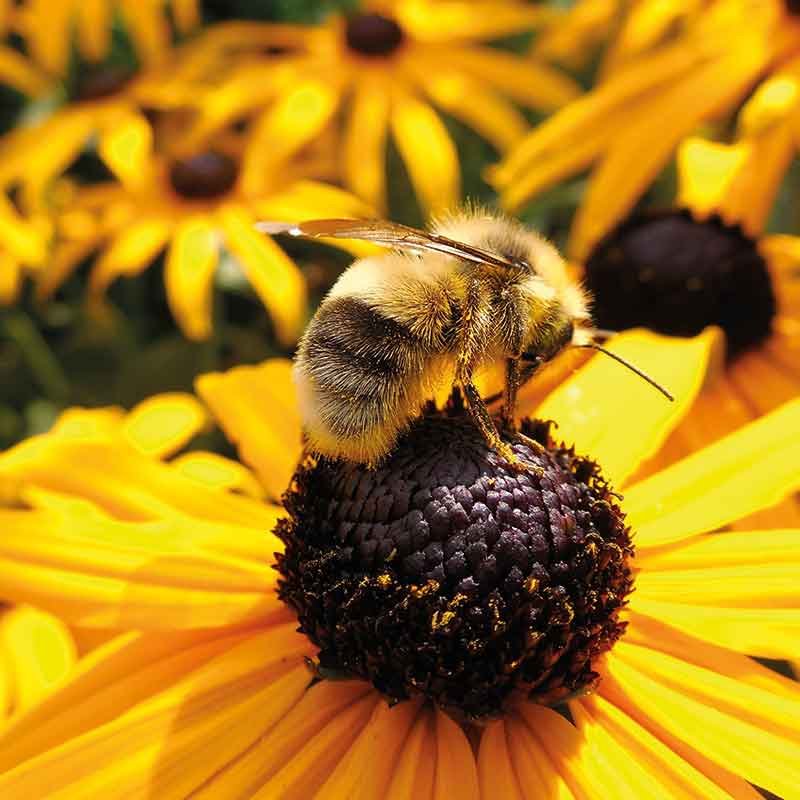
Gardening for wildlife in small spaces.
While gardening in small spaces might require a little extra creativity, a pint-sized patch is by no means an obstacle to helping the wildlife in your surroundings. Even a solitary window box can provide pollen for passing bees and butterflies.
• Oregano, thyme and marjoram do well in containers and are loved by pollinators. And you’ll have a supply of fresh herbs for much of the year!
• It is possible to create a miniature wildlife pond in even the tiniest of gardens by repurposing an old bucket or disused sink.
• Think skywards by growing vertically. Climbing plants like honeysuckle, star jasmine and clematis are adored by bees and provide valuable nesting materials for birds.
For more garden inspiration…
Check out our Ideas for the Garden blogs here. Or visit the Inspire Me page to find blogs about crafts, days out, recipe collections and more!

I look after communications and marketing at Dairy Diary. I’m a busy mum and love home baking and cooking for my family. In my spare time I enjoy visiting the theatre, eating out with friends and exploring the great outdoors!




